Table of Contents
What is Sled Dog Racing?
History of Sledding
The first sled dog races were mentioned in 1850 – travelers competed on the road between the cities of St. Paul (USA) and Winnipeg (Canada). Another record of such competitions dates back to 1886, when they were held as part of the Winter Carnival in the same St. Paul.
The true birth of sledding, however, occurred during the “gold rush”. in the Canadian Yukon and American Alaska. Thousands of prospectors flooded the region in search of precious metal, and in the snowy expanses dog sledding became the most efficient means of transportation over long distances. A class of professional mushers was formed who delivered supplies to remote mines.
The center of the development of dog sled racing was the American town of Nome, Alaska. This is where the first full-fledged sport sled dog races called the All Alaska Sweepstakes took place in 1907. Scottish-born musher Alexander Allan also known as Scotty Allan played a major role in organizing the competitions. Leonhard Seppala, later a silver medalist in the 1932 Lake Placid Winter Olympics, would be another famous rider in Nome.
The story of Balto, the sled dog who delivered diphtheria serum to the epidemic-stricken Nome in 1925, helped popularize the sport of sledding. The story of the husky dog, who helped the musher Gunnar Kaasen to find his way through a snowstorm, received an enormous media coverage. The sled made several tours across the United States, and Balto himself became a national hero – a monument was erected to him in New York. To commemorate the Race of Mercy, regular competitions were held in Nome, attracting many fans of sledding in general and the story of the heroic dog in particular.
While dog sledding was originally popular in North America, over time it began to gain fans in other countries as well. The first European nation to have its own professional competitions was Norway. This contributes to the history of local explorers Rasmussen and Nansen, who used dog sledding in their travels. At the Olympic Games in Oslo in 1952, sled dog sport was presented in the form of demonstration events. Gradually their own competitions began to be held in Austria, France, Switzerland and other European countries. Already in the 70s of the 20th century almost all over Europe clubs of dog-sled races were registered.
An important step was the creation in 1983 of the European Sleddog Sports Association (ESDRA), under the aegis of which today 22 countries hold European Championship and Cup. In 1992 the national sled dog sport federations from all 5 continents united into the International Federation (IFSS), which organizes the World Cup and Championships, as well as representing the sled dog races in the Olympic Committee.
The United States Federation of Sleddog Sports (USFSS) is the National Governing Body of Sledding Sports in the USA, supports and promotes the sports all over the country.
What is Sledding Competition?
Sledding is a competition of sled dog handlers for speed and distance using the pulling power of dogs and special equipment. While originally such races used harnessed sleds and skis, today the variety of equipment is much greater and also includes scooters, carts, bicycles to organize competitions in the snowless season or in countries where snow is rare.
Today, there is a wide variety of sledding sports. This makes it possible for a wide range of people of nearly any age and with varying levels of fitness to participate in sled dog racing. It is a team sport where everything depends on teamwork of a musher and dogs, their ability to understand each other.
The greatest status and honor among athletes is considered participation in the long-distance race. Its length can be up to 2,000 km, and it is a real challenge for both humans and dogs. There may be 12 to 16 dogs in a sled for such a distance, and the race itself takes several days. To attract more public attention to the sled dog sport, the organizers include additional elements in the program of the events. For example, when dogs have to run several times around the stadium. Also, the routes and conditions of the competitions become more complicated – in particular, many of them are held on mountain roads.
Types of Sledding
The popularity of sled dog sport has led to it being practiced in almost every country. However, not everywhere the conditions are the same as in the homeland of sled dog racing. For this reason, various disciplines were invented, and special equipment was developed to adapt such competitions to the warmer climates. Currently, there are the following sled dog sports, which can be grouped into 2categories:
Snowless disciplines (Dryland) These competitions are held during the warm season or in countries where snow is rare. Non-snow disciplines include:
- Canicross – the running of a man with a dog strapped to his belt by a special pull with a shock absorber;
- Dog tracking – differs from canicross in the tempo of movement, as paces from walking to running are allowed;
- Bikejoring – racing a bicycle with one or two dogs strapped to its handlebars or a special bracket with a pull;
- Scootering is a race on a special scooter to which a sled with one or two dogs is attached;
- Dog carting – racing a 3- or 4-wheeled cart harnessed to a team of 4-10 dogs;
Winter disciplines. These varieties of sled sports historically appeared and developed earlier and are held during the cold season and in regions with lots of snow. They are:
- Skijoring – racing a skier with 1-2 dogs attached to his belt with a shock absorber pull
- Sled dog racing is historically the first discipline of sledding, a competition between mushers on sleds coupled with a sled of 2-16 dogs.
In addition, any season’s events also feature a relay, a sequential race of multiple competitors. Competitors from a number of disciplines can participate in the relay.
Sledding competitions are also divided by length into the following types:
- sprint – the maximum distance of such a race is 40 km;
- middle-distance races – their length is 40-500 km
- long-distance races are marathons with lengths of 500 km and more
It should be noted that the last two varieties of races are held only in winter on a snowy surface.
Sled Dog Equipment
Dog sledding equipment plays an important role in racing – the success of the races largely depends on how carefully it is chosen. The equipment is designed in such a way as to optimally distribute the load on the dogs, to reduce the loss of their pulling power. The following equipment is used in modern sledding sport:
- Harness – Specially designed to distribute the main load on the dog’s chest and, in part, on the rest of the body;
- Collar – usually semi-martingale collars are used to secure dogs in a single row;
- Carabiner is a convenient snap lock, by means of which the harness is fastened to the pulls connected to the sledge, slug, scooter or other load;
- Leash is a flexible and lightweight rope made of strong and flexible material that connects the dog with the load, and transmits the harness’s pulling power;
- Shock absorber is an element placed at the beginning of the main leash that reduces shock loads on the dog’s body, allowing it to perform jerks and jumps without health consequences;
- Secure leash is an auxiliary tether for hooking the sled to a tree or pole during a stop or before a start, often supplemented by a double carabiner or other device for quick release.
The sledding ammunition is made individually for each dog. In the past, natural leather was the most common material, whereas today synthetic materials like nylon, etc. are more common in professional sledding, because they are lightweight, strong, flexible, comfortable for dogs and easy to clean.
Sledding Competition Rules
Today, sled dog sport is represented by a huge number of international and national competitions. While there are generally accepted rules for these competitions established by the respective associations, each competition has its own specifics. Sometimes they even have specific poetic names.
Best Dog Breeds for Sled Dog Sports
The rules of most competitions permit any breed of dog to participate in sled dog competitions. However, it is clear that not every dog is suited for such competitions because of the specific requirements that the very nature of racing imposes on their bodies:
- high endurance, especially over medium to long distances;
- high tractive power to shift loads of varying size;
- high speed of movement, even on soft ground or snow;
- cold temperatures resistance for participation in winter disciplines;
- quiet and non-conflict nature to ensure teamwork;
- clear and unquestioning obedience to the musher.
According to the above requirements, the most suitable are northern breeds with strong and well-developed muscles such as Alaskan Malamute, Husky, Greenlandic dogs, etc. At the same time, many racers have begun to use mixed breeds with German Shorthaired Pointers, Greyhounds, and others to increase speed.
How to Get Started in Sledding
Of course, as with any other canine sport, success in sled dog racing can only be achieved through hard training. Without proper training, results will always be poor. In fact, very often athletes who don’t put enough effort into their training simply quit the race.
Training hours. Dog sled training is done year-round, except during the summer months-the hot temperatures can be detrimental to the dogs’ health. Although most races are held in the wintertime, training should begin well in advance so that the pets can get into shape. The entire training period can be divided into several stages:
- Active rest (May – August) – during this period dogs run outdoors, hike, swim, etc. to regain energy and tone their muscles for future fitness training;
- Training (August – January) – this stage consists of the dog taking a set of exercises designed to develop its skills to the level corresponding to the declared in a particular competition;
- Competitions (January – April) -the dog takes part in various races.
Equipment. For training dogs in the snowless season, wheeled analogues of sleds, such as scooters, carts, bicycles etc., are used. The equipment is made or purchased in advance and according to the individual parameters of each dog, so that the pets feel as comfortable as possible. Prior to the competitions themselves, dogs train with the equipment that will be used at the race and get used to it in advance.
Training program. Actually, the training involves the development of strength and endurance not only in dogs, but also in the musher, because he will have to overcome many kilometers of snow-covered areas together with them. Training starts with a relatively small load, their intensity and distance gradually increase. Every musher himself defines the training program and feeding system taking into account the season, condition of dogs, and nature of the race. Professional mushers keep a diary where all data about weather conditions, distances, possible dog injuries and other information is carefully registered in order to keep track of the dynamics and efficiency of the training.
If you are interested in the sport it is recommended to contact your local canine club. There you will be able to find out exactly where to start your sledding training, what equipment to choose, how to develop an effective feeding system and get other information on sled dog racing. Patience, hard work and close cooperation between you and your pets will allow you to achieve high results in this field.
IDITAROD TRAIL SLED DOG RACE VIDEO
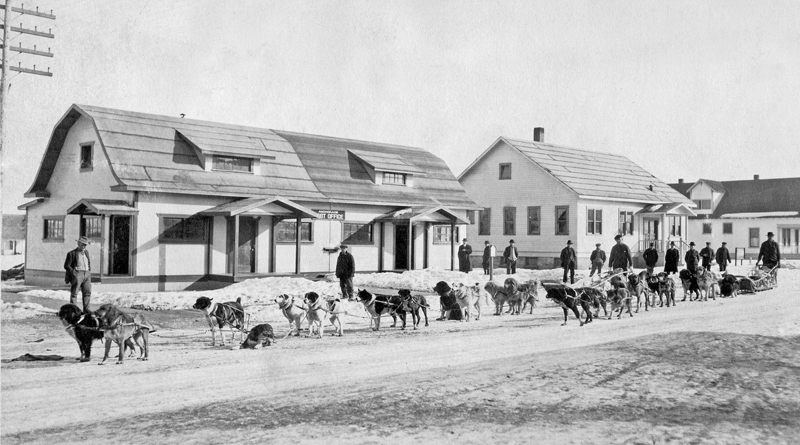
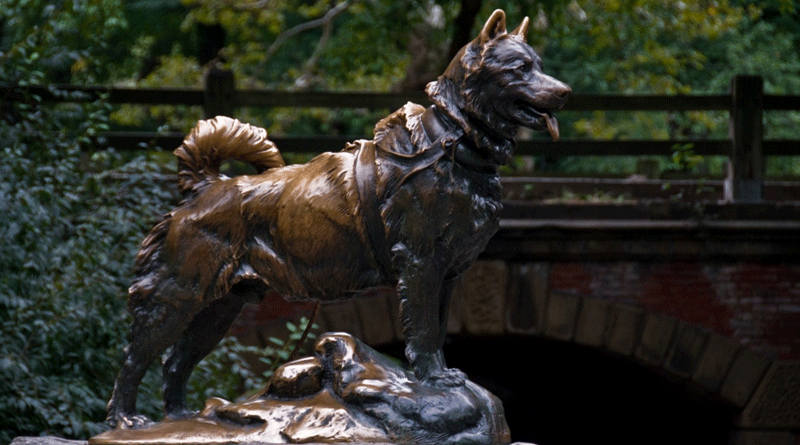
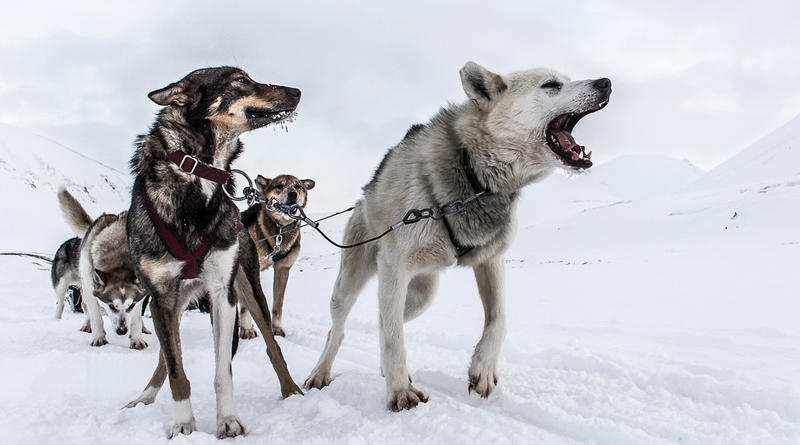
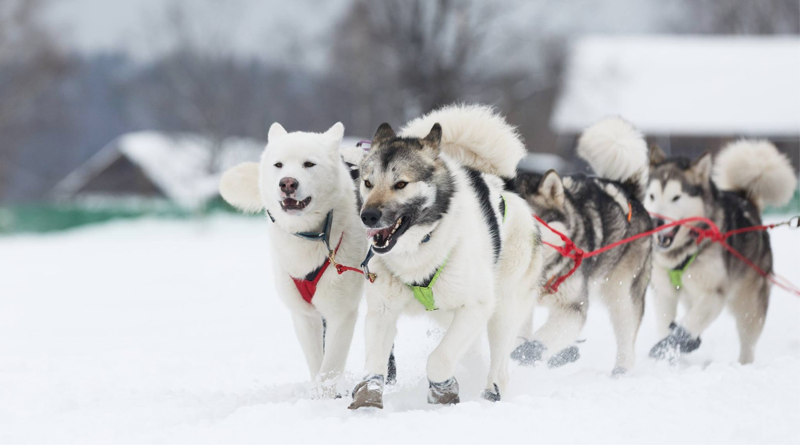
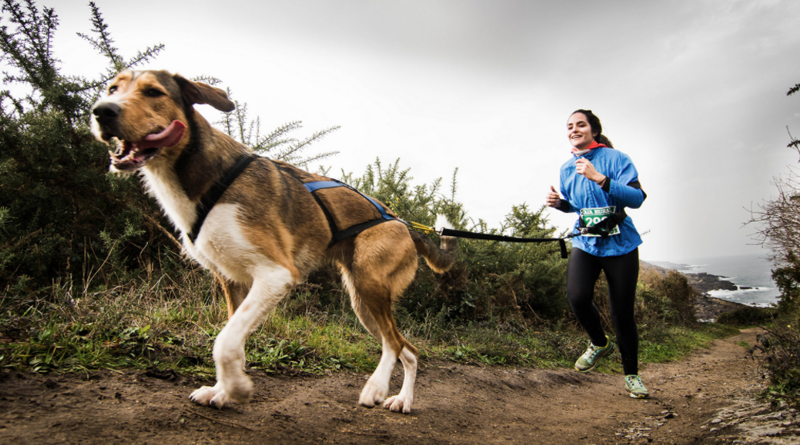
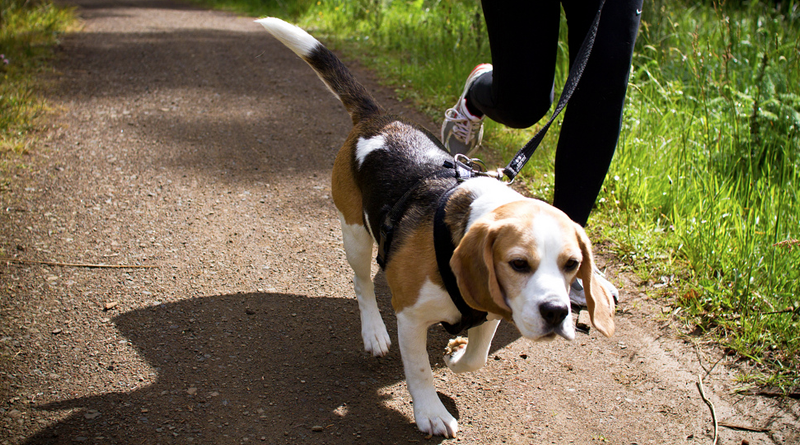
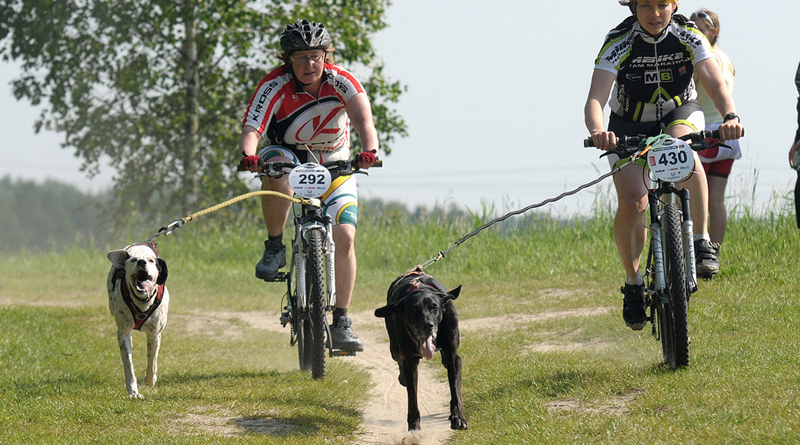
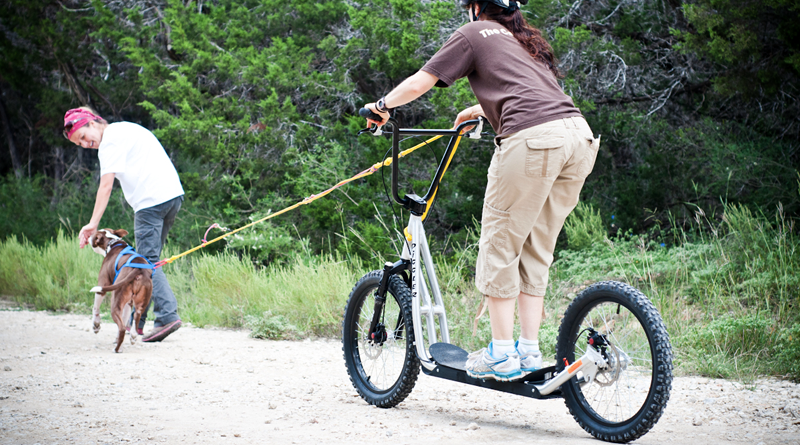

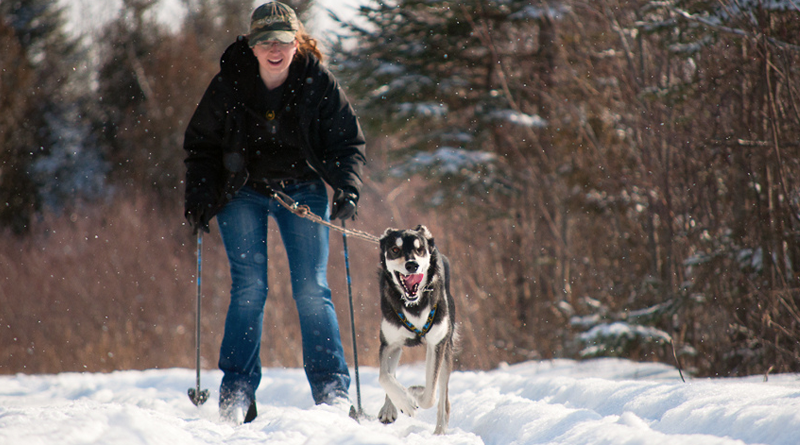
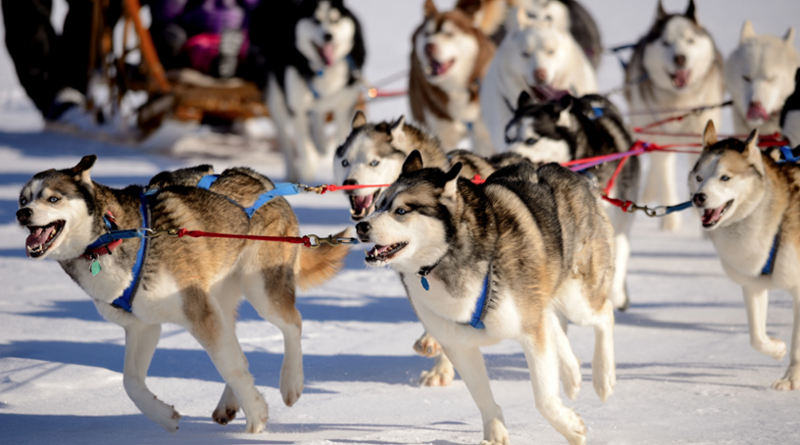
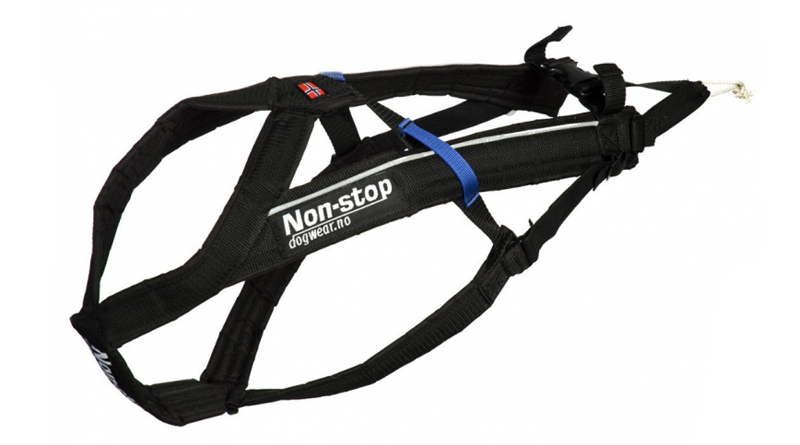
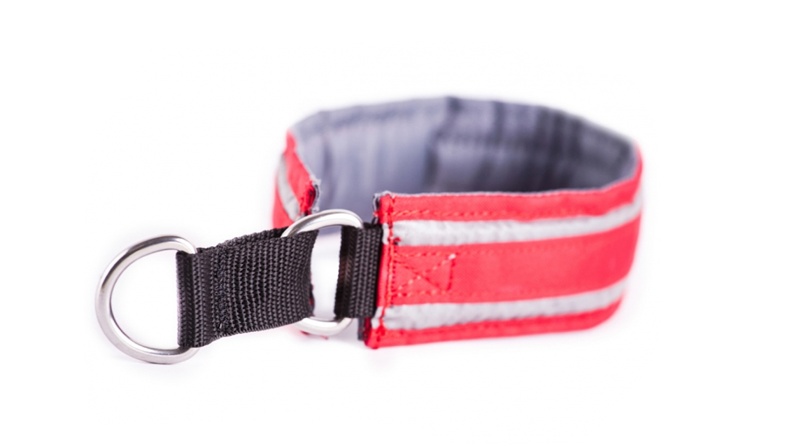
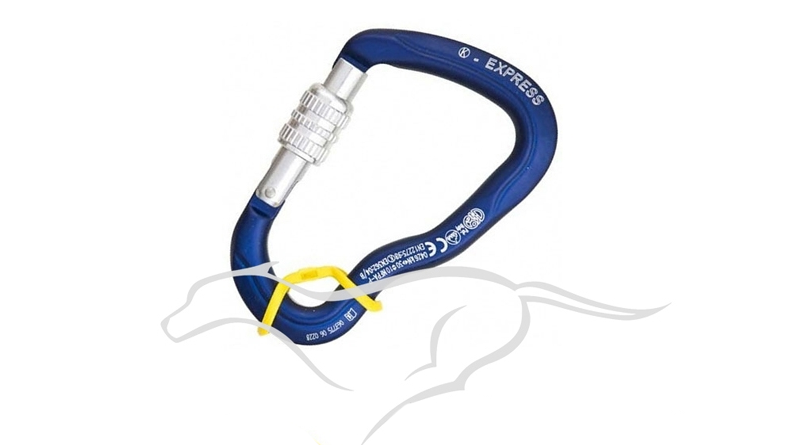
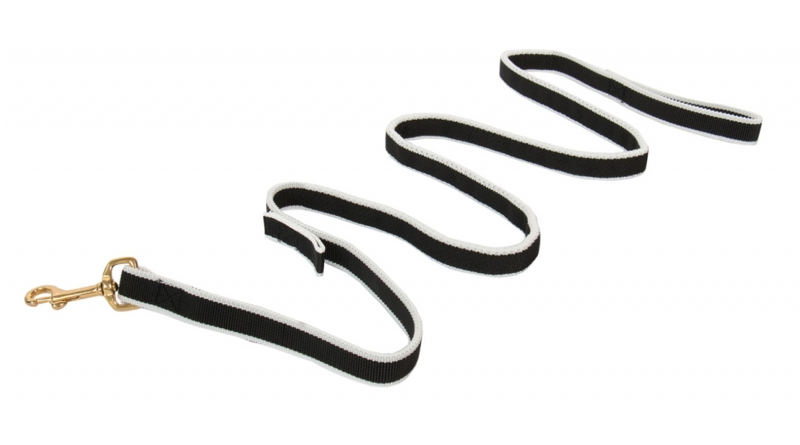

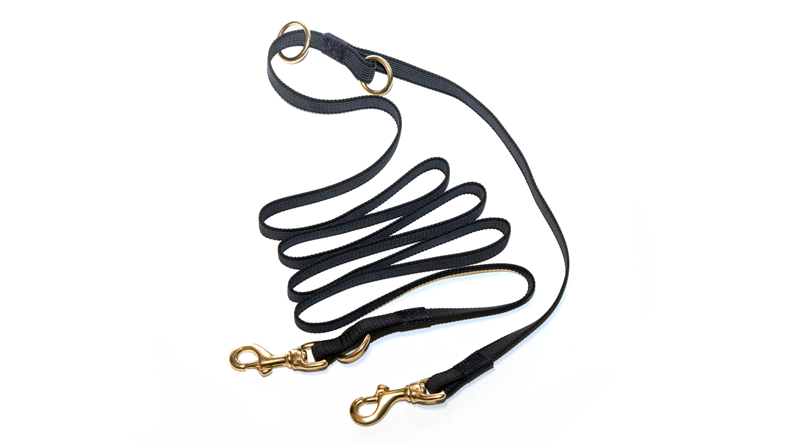
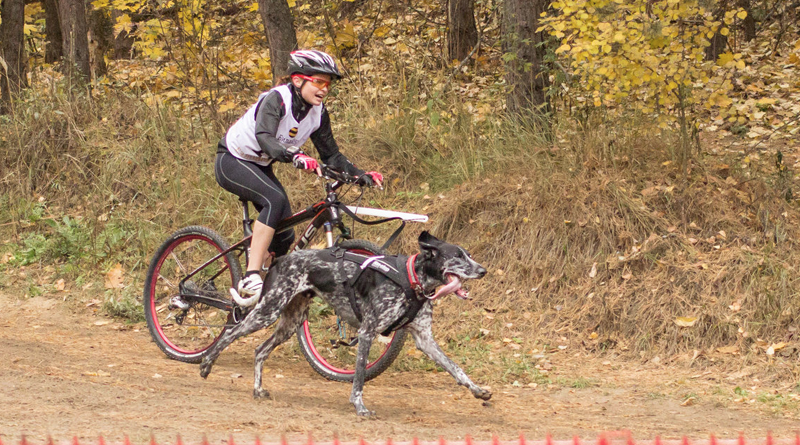
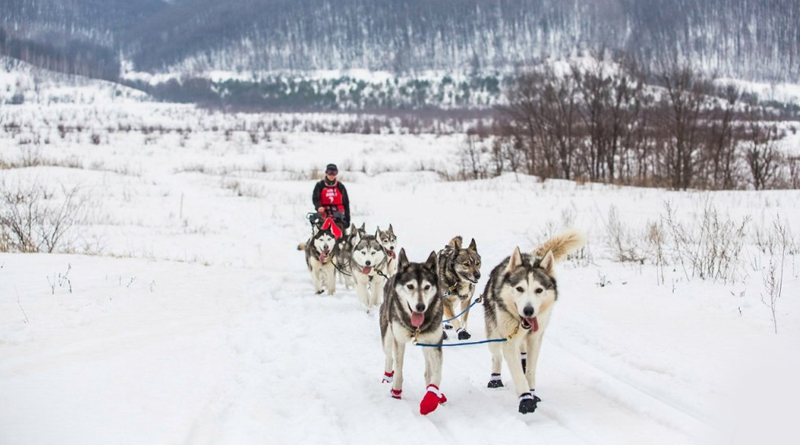

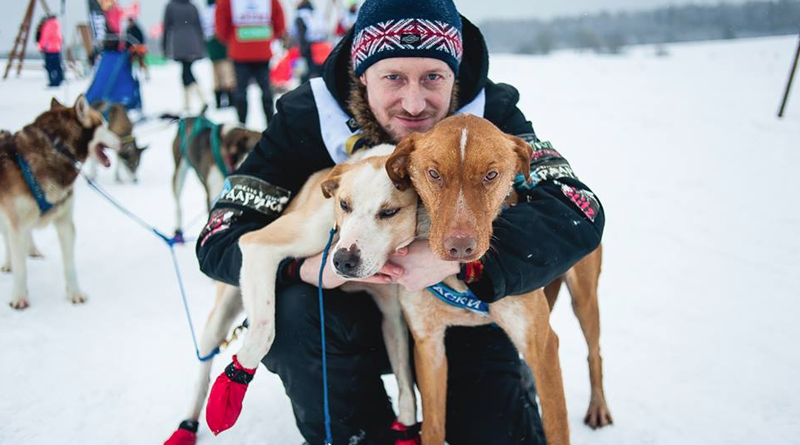
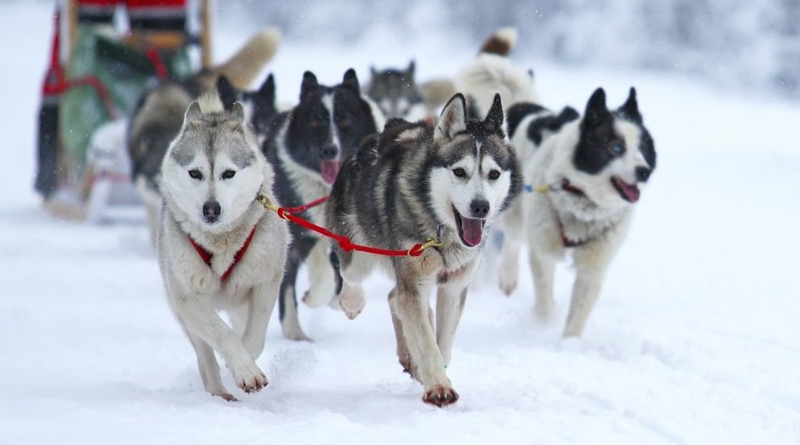

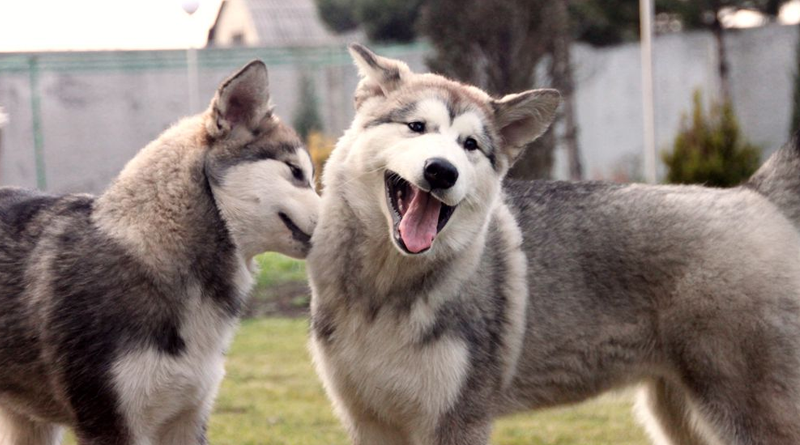


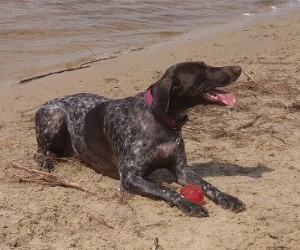


Thanks for sharing. I enjoyed reading your post about sled dog racing. I will surely bookmark this post.
Welcome!)